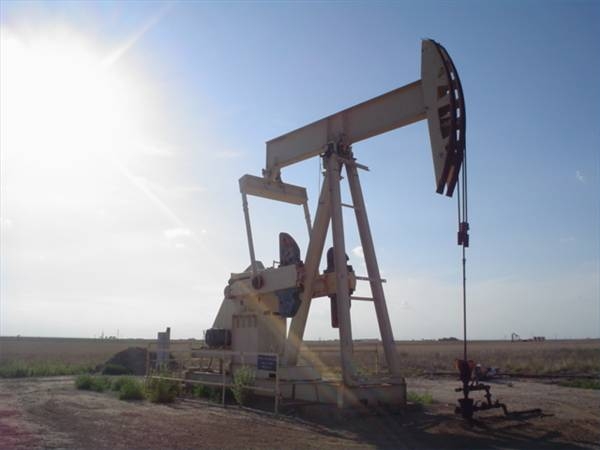
Fossil fuel makes the industrial world go. But gasoline, oil, coal and the other forms of fossil fuel possess some serious faults. One is that they are non-renewable energy sources. Another is that their consumption produces harmful byproducts, particularly carbon dioxide. Both of these unfortunate qualities have everything to do with the origins of fossil fuel and the way it works.
To say that fossil fuels are a non-renewable resource means that there is a finite amount of them available, and the circumstances that created them will likely not happen again. According to the biogenic theory, fossil fuels began as plants, algae and microscopic animals that lived many millions of years ago. The period most productive of fossil fuels is aptly called the carboniferous period, which began around 300 million years ago and lasted for about 60 million years. The earth during most of these millions of years supported no large animal life. Dinosaurs and their bones came later, and do not contribute to fossil fuels. Deposits of carboniferous fossils occur throughout the world in varying concentrations.

After they died, the living things of this period did not simply decay, as most living things do. Instead, immersion in mud or water protected them from the deteriorating effects of oxygen. The fossils stayed where they were while the world changed around them. The energy the living things had taken in from the sun was, in a sense, fossilized too. As oceans formed and disappeared and layers of earth settled and heaped up, the molecules of the fossils deep underground reacted to the pressure and the heat by breaking down. They became simple compounds called hydrocarbons, and it is their existence in this state that makes these fossil fuels valuable as an energy source.

The hydrocarbons of fossil fuel produce energy through a process called combustion. When a piece of coal, for example, is exposed to a lighted match, it burns. The flame of the match introduces oxygen into the compound of hydrogen and carbon, and new bonds of carbon dioxide and water form. The formation of these new bonds results in energy, perceptible as heat and light. The oxidation provided by the match converts the latent energy stored in the coal into another kind of energy called kinetic.

The ability of fossil fuels to release kinetic energy makes them powerful forces for movement. The internal combustion engine that makes a car go acts as a conversion device, providing a confined space for fuel and an oxidizing agent to create a reaction. Turning the key in the ignition creates a spark that reacts with the vapor of the gasoline. An explosion occurs and the gases expand, moving the cylinder's pistons. Power stations can also use the heat of expanding gases after combustion of fossil fuel to move generators. The motion of these in their turn creates mechanical energy.
Different fossil fuels burn at different rates because the organization of their hydrocarbons varies. Further, some are more productive of byproducts than others. Methane, for instance burns fairly cleanly. Combustion of every kind of fossil fuel, however, produces carbon dioxide. It is a necessary product of the reaction.